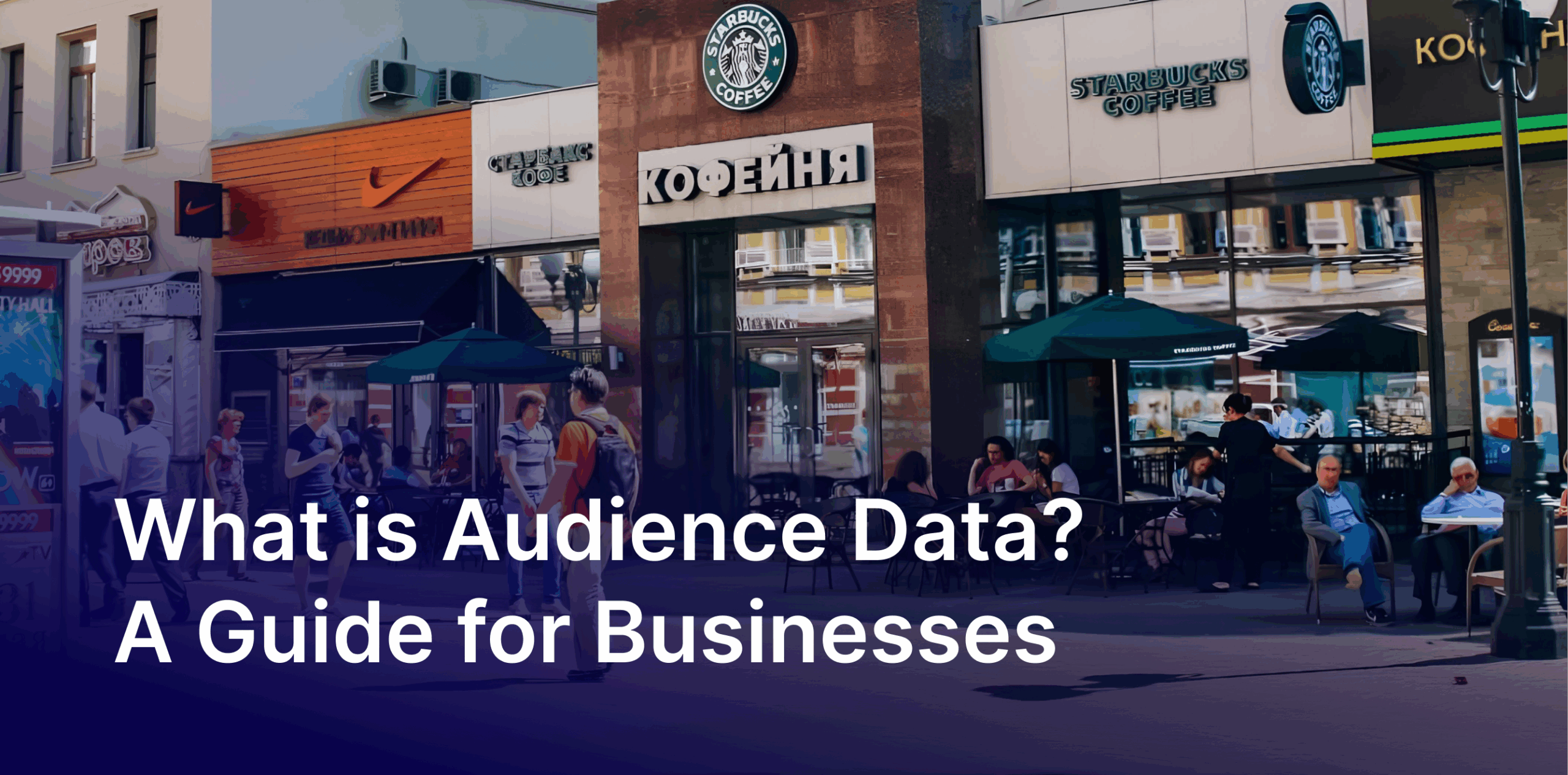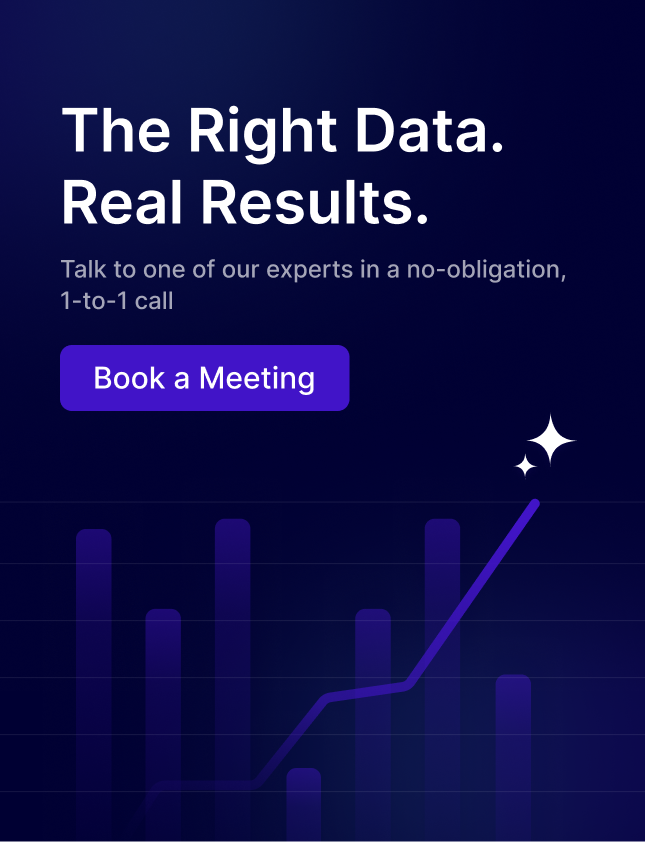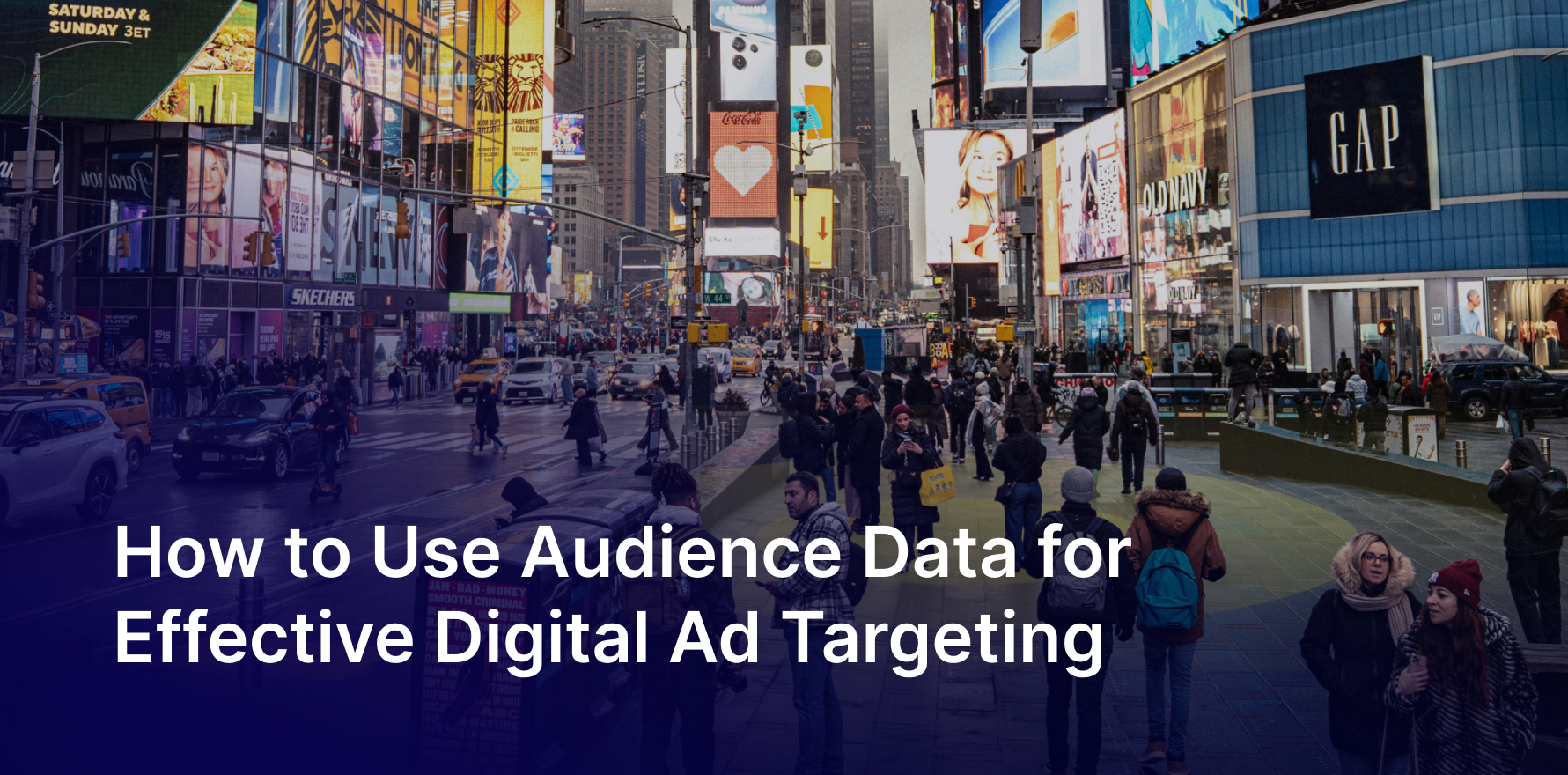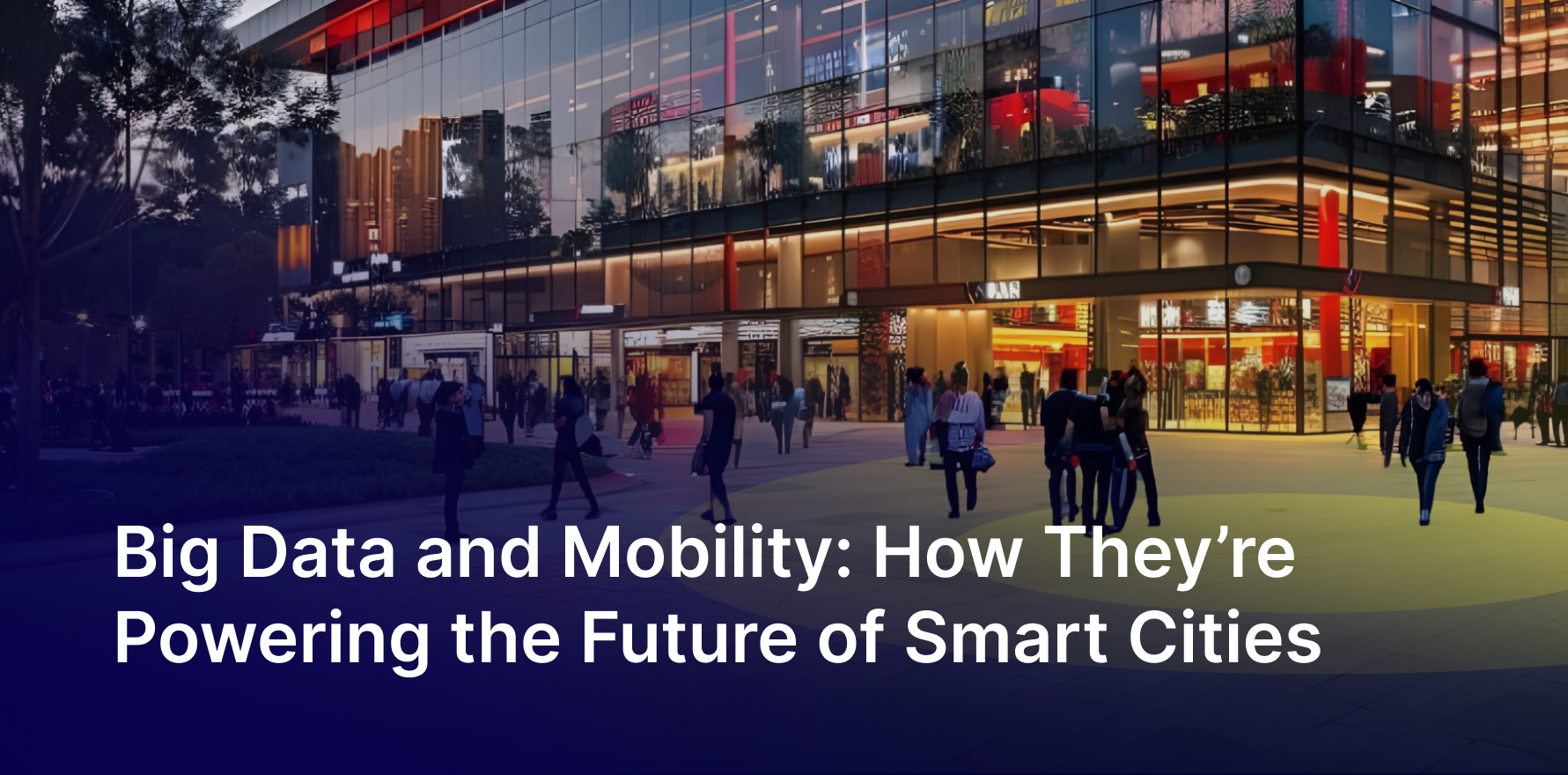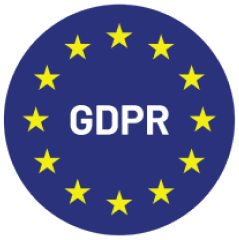In today’s fast-paced digital world, personalization isn’t just a buzzword—it’s a necessity.
80% of customers would rather engage with brands that deliver targeted marketing messages. Audience data is a critical data set that provides these experiences.
Imagine walking into your favorite store and having the staff greet you by name, show you items they know you’ll love, and offer you deals tailored just for you.
That’s the power of personalized experiences, and 80% of consumers now expect them from brands. Audience data is your ticket to creating these meaningful connections, boosting engagement, and hitting your business goals with pinpoint accuracy.
Let’s dive into how you can use this powerful tool to better understand and serve your customers.
Audience Data – All you need to know
Audience data is a group of consumers you can target for specific campaigns based on criteria set by advertisers. It aggregates your target audiences’ online and offline behaviors to arrive at a set of custom audience segments that would best suit your campaigns.
The more you know about your customers, the more relevant and tailored your messaging can be for them. Audience data provides the basic foundation for campaign targeting.
Traditionally, audience data considered data points such as demographics, interests, and intents.
Over at Factori, you can subscribe to over 4000+ pre-defined audience segments based on your campaign needs. Categories include:
– Demographics: Age, gender, income, education, and more.
– Behavioral Data: Online activity, purchase history, brand interactions.
– Psychographic Data: Interests, values, and lifestyle choices.
– Geographic Data: Location, regional preferences.
– Engagement Data: Social media interactions, website visits, app usage.
– Transactional Data: Purchase patterns, cart values, payment methods.
This is just the tip of the iceberg. Audience data can help brands choose target customers across parameters, and hyper-target their campaign strategies, for to know that read Audience data targeting strategies to reach right audience.
Types of Audience Data: First-Party, Second-Party, and Third-Party
First-party data
Information you collect directly from your audience through your website, app, CRM, point of sale, or customer interactions (e.g., site behavior, purchases, email engagement, support tickets).
Second-party data
A trusted partner’s first-party data that’s shared with you directly (e.g., retailer → brand, publisher → advertiser) under clear terms or via a privacy-safe environment.
Third-party data
Aggregated data from external providers compiled across many sources (public, commercial, modeled) and activated via platforms or APIs.
How to Use Audience Data
1. Tailored Marketing Campaigns
Audience data allows you to create personalized marketing efforts that resonate with your customers’ preferences. These efforts can include custom product recommendations, targeted email campaigns, and customized website experiences. These tailored efforts can significantly boost engagement and conversion rates.
2. Effective Audience Segmentation
Not all customers are the same, so why treat them that way? Use audience data to segment your customers into groups based on shared characteristics. For instance, a fashion retailer might segment their audience by age, purchasing habits, and style preferences. This ensures each segment receives relevant and compelling content.
3. Insightful Behavior Analysis
Analyzing audience behavior helps you understand how customers interact with your brand and the industry. What content do they engage with? What are their pain points? By answering these questions, you can refine your strategies to better meet their needs.
4. Extend using AI-based lookalike audiences
When you find an audience segment that bears results, you can use the defining characteristics through audience data to find similar customers. Scaling the reach of your advertising campaigns has never been easier.
5. Predict Purchase Intent and Timing
Use behavioral and transactional audience data to predict when a customer is most likely to buy. By combining browsing activity, cart abandonment, and purchase history, you can deliver personalized offers at the right time.
Example: E-commerce brands can identify customers who viewed a product multiple times but haven’t purchased, then retarget them with limited-time offers.
6. Optimize Ad Spend Across Channels
Audience data helps you analyze which channels, campaigns, and audience segments deliver the best ROI. Use these insights to shift your marketing budgets toward high-performing segments and suppress low-value audiences.
Example: A retail brand reallocates spend from generic social ads to niche audience segments that have a higher conversion rate.
7. Measure Campaign Effectiveness
Track which audience segments deliver the best engagement, conversions, and revenue outcomes. Audience-level performance insights help you refine future campaigns for better results.
Example: A travel company compares the performance of frequent travelers versus first-time bookers to optimize future promotions.
What is Audience Enrichment?
Audience enrichment is enhancing your existing customer data with additional information from third-party sources. This practice fills in the gaps, giving you a more complete and accurate picture of your audience. Enriched data is essential for making informed marketing and business decisions.
The Benefits of Enriched Audience Data
1. Accelerated Lead Capture
Simplify your lead capture forms to just a few essential fields and let data enrichment tools handle the rest. This reduces friction for potential customers and increases conversion rates.
2. Smarter Lead Scoring
Enriched data allows real-time lead scoring, categorizing leads based on comprehensive information. This ensures that no valuable opportunity slips through the cracks.
3. Superior Segmentation
With enriched data, you can create more nuanced audience segments, leading to highly targeted and effective marketing campaigns. Better segmentation means higher engagement and a stronger return on investment.
4. Enhanced Customer Experience
Deep insights into customer preferences and behaviors enable you to tailor interactions and content, resulting in a more satisfying customer experience. Personalized service can significantly boost loyalty and retention.
5. Discovering Revenue Opportunities
High-quality audience data helps identify potential upselling and cross-selling opportunities within your existing customer base, driving additional revenue without the need for new customer acquisition.
6. Rapid Identification of New Prospects
With a clear understanding of your ideal customer profile, enriched data makes it easier to identify and engage new prospects who resemble your best customers.
Choosing the Right Audience Data Source
Finding a Reliable Data Provider
Selecting a reliable and comprehensive data provider is crucial. Look for sources that offer accurate, up-to-date, and relevant information to ensure the success of your data enrichment efforts. Quality data leads to better decision-making and more efficient operations.
Factori provides high quality Audience Data
What Makes a Reliable Data Partner
When selecting a data provider, it’s essential to consider not just data scale and accuracy but also privacy, transparency, and ethical sourcing. A dependable partner should demonstrate:
- Data Accuracy and Freshness: Regularly updated datasets sourced from verified, high-quality channels to ensure dependable insights.
- Comprehensive Coverage: A balanced mix of demographic, behavioral, and transactional data that supports precise audience segmentation.
- Transparency in Data Sources: Clear visibility into how data is collected, managed, and shared to maintain trust and compliance.
- Privacy and Consent Compliance: Alignment with global data protection frameworks like GDPR, CCPA, and other regional regulations.
Factori’s Commitment to Ethical and Privacy-First Data
At Factori, we deliver accurate, holistic, and privacy-compliant consumer intelligence by collecting and inferring data from trusted, verified partners.
Our data is ethically sourced and adheres to leading security and privacy standards. We work with vetted partners who manage consent through certified Consent Management Platforms (CMPs), ensuring full compliance with global data regulations.
This privacy-first approach safeguards user trust and gives businesses the confidence to make data-driven decisions responsibly and transparently.
Conclusion – Making the Most of Your Audience Data
Leveraging audience data is a game-changer for businesses looking to deliver personalized experiences, boost customer engagement, and drive growth.
By understanding and enriching your audience data, you can make more informed decisions, create impactful marketing campaigns, and unlock new revenue opportunities.
Ready to take your marketing strategy to the next level? Start harnessing the power of enriched audience data today and watch your business transform.
Schedule a free discovery call with one of our data experts.
You may also like

